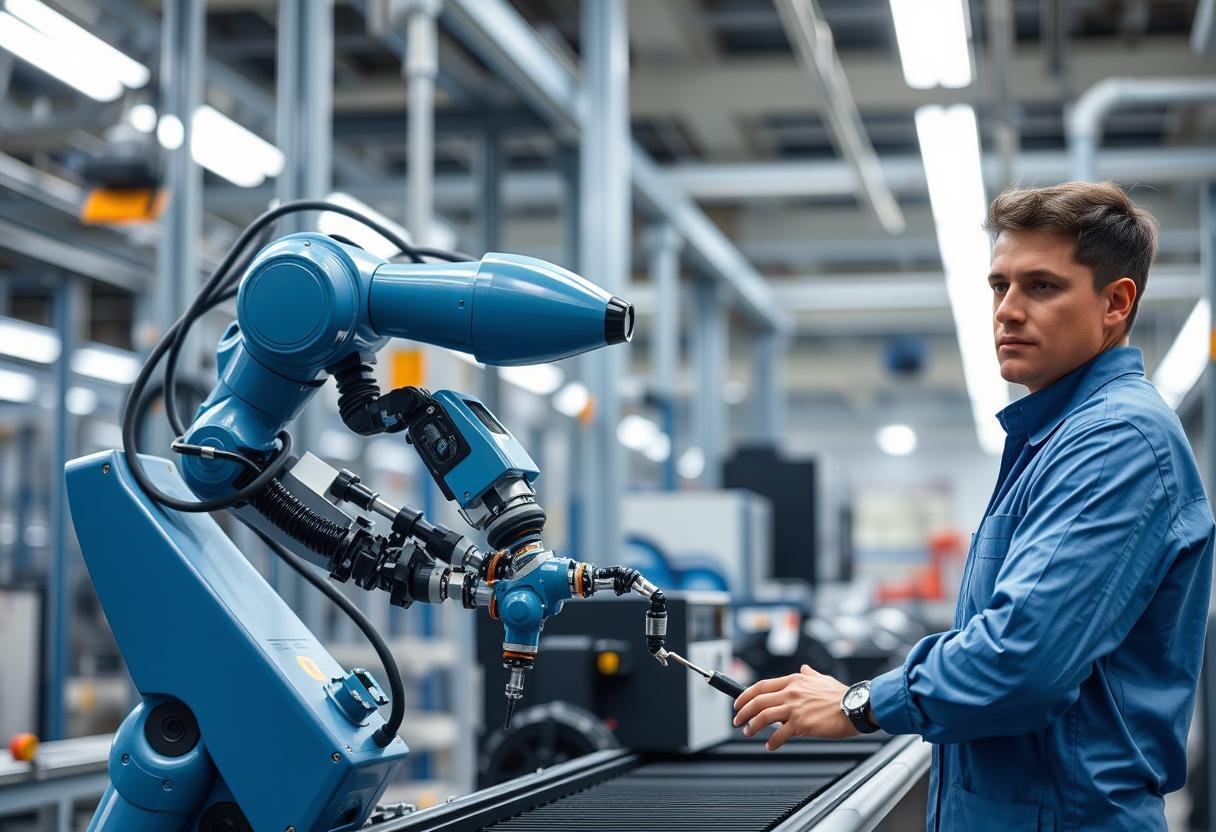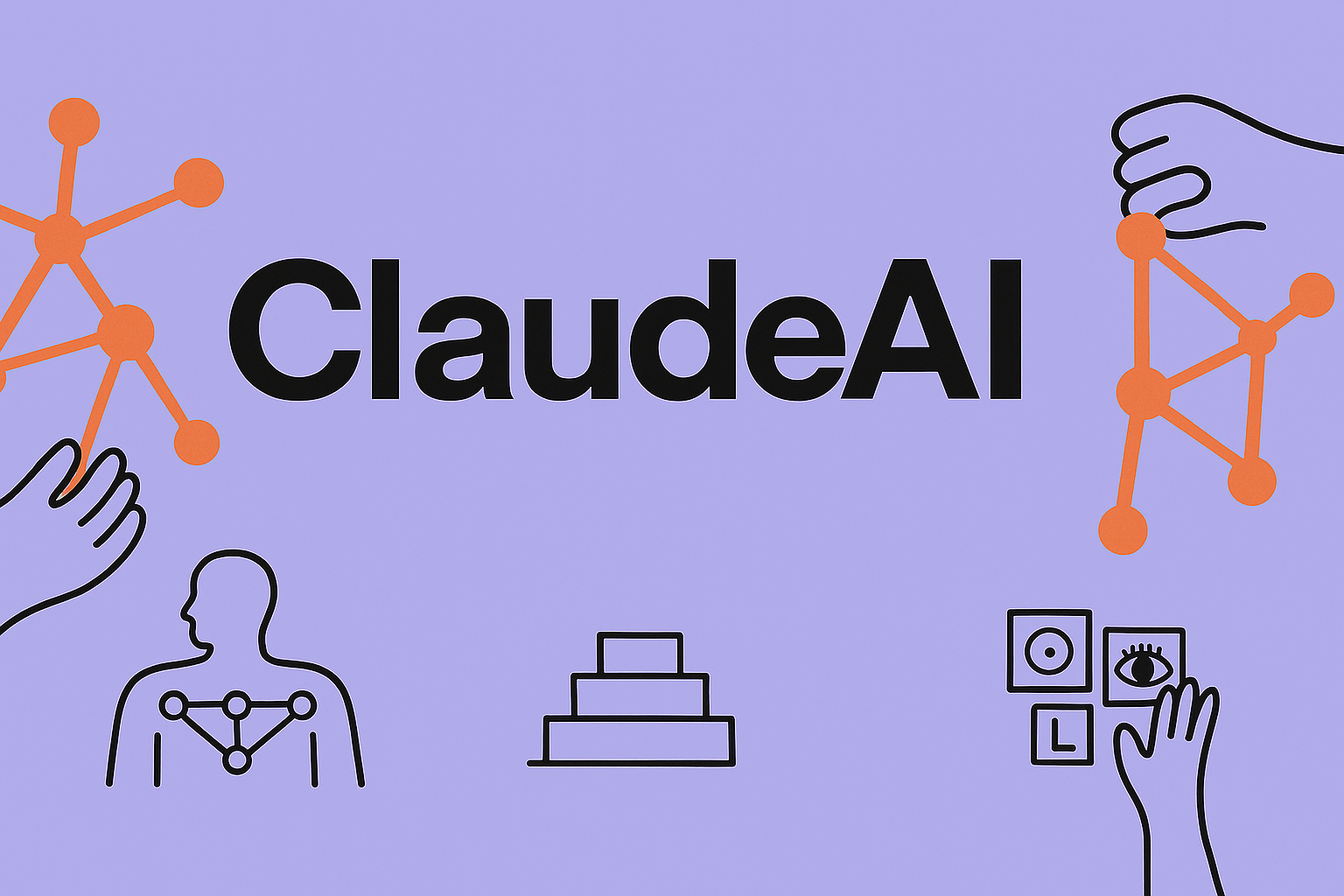The Microsoft layoffs 2025 have taken the global tech industry by storm. As AI rapidly transforms how companies operate, Microsoft is making significant changes to its workforce to remain competitive. This move has resulted in thousands of job cuts across departments, leaving employees, investors, and analysts questioning what lies ahead.
Table of Contents
- Overview of Microsoft Layoffs 2025
- Why the Layoffs Happened
- Who Was Affected by the Layoffs
- AI and the Restructuring Strategy
- Industry Response and Expert Analysis
- Implications for the Future of Tech Jobs
- Conclusion: What We Can Learn from Microsoft Layoffs 2025
Overview of Microsoft Layoffs 2025
In January 2025, Microsoft announced a large-scale workforce reduction impacting over 12,000 employees globally. The move is part of a broader shift toward streamlined operations and deeper AI integration across core products.
This isn’t Microsoft’s first major restructuring. However, the Microsoft layoffs 2025 are notable because they reflect profound changes in direction—specifically, aligning more closely with advancements in generative AI, cloud computing, and automation solutions.
In the official statement from Microsoft CEO Satya Nadella, he emphasized the need to “reshape the organization for agility in a rapidly changing technological landscape.” Read the full statement on Microsoft’s official blog.
Why the Layoffs Happened
There are multiple reasons behind the Microsoft layoffs 2025. These include shifting business priorities, automation, and global economic challenges. Let’s break down the drivers:
1. Focus on Artificial Intelligence
- AI is at the center of Microsoft’s strategic growth plans.
- Increased investment in products like Copilot and Azure AI demands more resources in R&D and fewer in legacy product lines.
2. Redundant Roles Due to Automation
- Many administrative and support roles have become obsolete due to advancements in automation.
- Functions such as tech support, testing, and entry-level programming are being replaced by AI-powered systems.
3. Financial Realignment
- Microsoft is cutting operational costs to counter increased competition and economic uncertainty.
- Funds saved from layoffs are redirected toward hiring AI specialists, machine learning engineers, and cloud experts.
4. Mergers & Acquisitions
- Acquisition of smaller AI startups led to overlapping job functions, resulting in consolidation.
Who Was Affected by the Layoffs?
The Microsoft layoffs 2025 were not isolated to a specific division. Employees across multiple departments were impacted. Here’s a breakdown:
Departments Hit the Hardest
- Sales and Marketing: Over 4,000 roles eliminated worldwide.
- Customer Support: Heavily affected as AI chatbots take over standard queries.
- Legacy Software Teams: Reduction in staff working on declining product lines, including parts of Office and Windows.
Global Distribution
- North America: ~50% of total layoffs
- Europe: ~25%
- Asia-Pacific and Other: ~25%
Several high-level managers were also laid off, particularly those who led conventional projects or lagging business units.
AI and the Restructuring Strategy
This wave of layoffs isn’t just a cost-cutting measure—it’s a realignment of Microsoft’s strategy in the age of AI. The company is focusing heavily on products that utilize machine learning and generative models.
Microsoft’s AI-Centric Future
- Expansion of AI Products: Further development of Microsoft 365 Copilot, GitHub Copilot, and Azure OpenAI Service.
- Strategic Partnerships: Strengthened collaboration with OpenAI and acquisition of additional AI startups.
- Realignment of Resources: Hiring surges in AI, data science, and cybersecurity amid broader layoffs.
Nadella openly stated that future growth will rely strongly on AI and that Microsoft must upskill and restructure accordingly. More information on Microsoft’s AI strategy is available in this AI roadmap.
Industry Response and Expert Analysis
The Microsoft layoffs 2025 have drawn reactions across the tech landscape. Analysts view the move as both pragmatic and necessary. However, some voice concern over the human cost.
What Analysts Are Saying
- Daniel Ives of Wedbush Securities sees the restructuring as “a forward-looking recommitment to AI leadership.”
- Others warn this sets a precedent for mass automation replacing jobs that once seemed safe.
Labor advocates stress the importance of strong reskilling programs, especially as white-collar jobs increasingly become vulnerable to automation.
Employee Sentiment
- Mixed reactions, with some expressing relief at severance packages while others criticize lack of transparency.
- Internal forums show support for colleagues and calls for clearer long-term company vision.
For more coverage on the broader tech layoffs, see this valuable analysis from Layoffs.fyi.
Implications for the Future of Tech Jobs
The Microsoft layoffs 2025 are a signal of more profound, industry-wide changes. As top tech giants navigate the shift to AI and automation, more roles are likely to be redefined or replaced.
Key Takeaways for Tech Professionals
- Upskilling is essential: Engineers, designers, and marketers must evolve their expertise with AI tools and platforms.
- Hybrid roles are rising: The future lies in roles that combine human judgment with AI assistance.
- Soft skills matter: Creativity, emotional intelligence, and problem solving will remain uniquely human advantages.
This is not a temporary trend. This restructuring is a roadmap of where tech jobs are heading—and where opportunities will grow.
Conclusion: What We Can Learn from Microsoft Layoffs 2025
The Microsoft layoffs 2025 highlight an inevitable truth: the digital AI transformation is no longer a buzzword—it’s reshaping the workforce. While painful, these changes are creating space for new job categories and innovation opportunities.
As Microsoft repositions itself for the AI decade, tech professionals must also adapt. The next few years will demand agile skills, open minds, and continuous learning.
How is your company preparing for the AI shift? What skills do you believe are must-haves in 2025?
Share your thoughts in the comments or on LinkedIn—and don’t forget to share this article with colleagues navigating similar disruptions.



